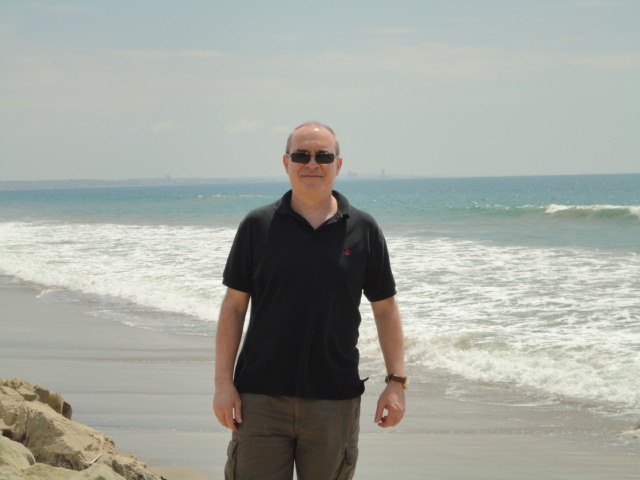Chronicling U.S. Coverage of the Guatemalan Revolution: David Lindwall
September 24, 2019 - David Lindwall
David Lindwall is a second semester Master’s student in the Latin American Studies program at LAII concentrating on history and political science. After living and working in Central America for many years, David is focusing his studies on Guatemala and the process of foreign policy formation by the United States in relation to Guatemala over the past century.
Under the supervision of Dr. William Stanley, David undertook a Problems Course over the summer of 2019 in which he focused on the U.S. media record chronicling the Guatemalan revolution of 1954. This involved reading thousands of articles written in the major U.S. newspapers and news magazines between 1949-1954, summarizing them in a chronological file and distilling from them elements of the story of the 1954 revolution that are not widely reported or are at variance with the record narrated in the primary academic texts on that controversial period in Guatemala’s history. In addition, David studied the unpublished theses and dissertations that have been written about the 1954 revolution to determine at what point academic sentiment changed, effectively rehabilitating deposed Guatemalan President Jacobo Árbenz.
 David’s findings were unexpected and to some degree counterintuitive. First and foremost, it was clear that the American media was obsessed with the potential communist threat in Guatemala from the Árbenz regime and reported extensively on every development. It also became clear that the historical narrative contained in the U.S. media record is possibly the most comprehensive available to researchers. Some days there were more than a dozen articles published in the US media on Guatemala. While most of the American journalists (though not all) tried to remain objective in how they reported on events, it was clear that they uniformly believed Árbenz was taking Guatemala in the direction of a communist state and viewed his removal as a good thing.
David’s findings were unexpected and to some degree counterintuitive. First and foremost, it was clear that the American media was obsessed with the potential communist threat in Guatemala from the Árbenz regime and reported extensively on every development. It also became clear that the historical narrative contained in the U.S. media record is possibly the most comprehensive available to researchers. Some days there were more than a dozen articles published in the US media on Guatemala. While most of the American journalists (though not all) tried to remain objective in how they reported on events, it was clear that they uniformly believed Árbenz was taking Guatemala in the direction of a communist state and viewed his removal as a good thing.
While most of David’s research was conducted on-line through the database resources available through the UNM Library, some journals had to be read in their original form in the library stacks. Seeing the articles on Guatemala surrounded by articles on the Soviet nuclear threat, the war in Korea and the emerging troubles in Indo-China, it became clear why the American reporters in Guatemala all viewed Árbenz with alarm. In 1954 there was no market in the United States for understanding Árbenz as a moderate reformer.

David finished the project by spending a week in Antigua, Guatemala conducting research at CIRMA (The Center for Meso-American Research) under the guidance of Director Thelma Porres. Reading the Guatemalan newspaper of record “El Imparcial” for the final months of the Árbenz government, it became clear that the Guatemalan media addressed political developments in those turbulent days solely by publishing the government’s press statements without making any comment of their own. This was either a product of official censorship or self-censorship. Reading the censored Guatemalan press record made it clear that the U.S. media record on the Guatemalan revolution of 1954 remains the most thorough narrative extant on that historical event.
While learning the story of how the U.S. media reported on the Guatemalan revolution of 1954 was the object of the Problems Course, the greatest benefit, according to David, was learning to use the research tools available on-line through the UNM library and through partners like CIRMA in Guatemala. “Every graduate student should undertake one of these research courses early in their degree program!”
